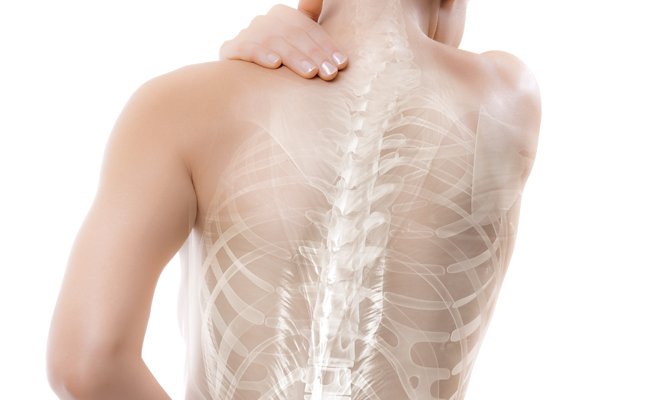You must have seen old people all bent over, most of them bed-ridden, others just immobile. All these are symptoms of osteoporosis – a word which literally means porous bones. In old age, bones become soft. Spines curve and the back collapses or loses shape. Osteoporosis is a disease of the bones. Human bones are strongest at the age of thirty. After that, they get softer. Every woman above the age of fifty may develop soft fractures at least once.
Identifying Osteoporosis
You may not realize that you have osteoporosis. If you have a chronic back pain with change in your spinal column or vertebrae, you should consult a doctor. Sometimes, it may take a fracture to find out if your bones are weaker or losing density. Nearly a million cases of fractures are due to osteoporosis. When vertebrae collapse and change the shape of spine, the patient has spinal compression fractures. These can be tiny fractures which may affect spine, hip and pelvic areas. They are a sign of collapsing or softening bones. Bones lose mass or density with age. Such fractures lead to loss of mobility and in some cases, the patient may not even be able to sit up straight.

Causes
Around five years after menopause, women’s bones start changing. Bones are made up of collagen and calcium phosphate. Collagen is a protein and calcium phosphate a mineral which makes the bones hard and strong. Loss of calcium is the biggest cause of softening bones. Osteoporosis is marked by increased presence of osteoclast which breaks down the bone tissue, making them softer.
As people age, bone loss occurs naturally. Not all of them get osteoporosis but some are more vulnerable, especially women. Smoking and sedentary lifestyles without adequate vitamin C & D intakes can increase your risk of getting the disease. Other causes include excessive drinking, steroid intake, drug which treat inflammation, eating disorders can all lead to bone loss and higher chance of getting osteoporosis. Osteoporosis is considered women’s disease due to its higher prevalence in women but it can occur in men too. In males, it can go undiagnosed for the same reason that it’s more prevalent in women and so men may not even be tested for it. Bone density test can diagnose more accurately. A DXA scan, which is basically a double X-Ray can measure the amount of bone density in both hip and spine.
Cures
Medicines that can improve bone density depending on the age and foods which increase your calcium and maintain bone density are prescribes.
